Meaning of “Omikuji” おみくじの意味
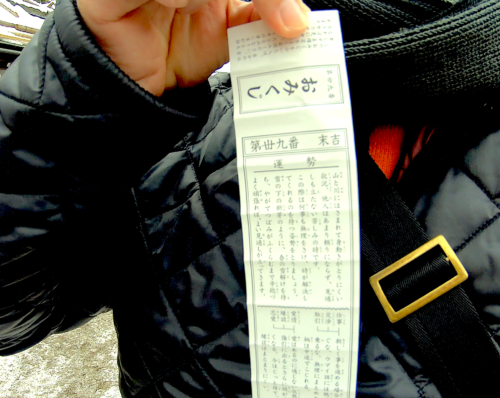
“Omikuji” means “God lottery”and “Buddha lottery”.
At the temple, “Buddha lottery”.
At the shrine, “God lottery”.
Omikuji’s history stems from the fact that it has decided something related to ancient politics.
“Omikuji” was used to determine important posts and successors. That meant God’s advice.
Also, during the Warring States period, there seemed to be some regions that started fighting using “Omikuji” and decided how to attack.
おみくじを漢字で書くと、「御神籤」「御仏籤」となります。
神社では「神籤」、お寺では「仏籤」と使い分けされていますが、どちらも「神籤」と書くところが多くあります。
「おみくじ」の歴史は、古代の国の政治に関係することなどで、「おみくじ」を引いて決めることがあったことが起源となっています。他にも重要な役職や後継者などを決めるときにも「おみくじ」を引いていたとされていて、漢字にもあるように、神様の助言とか神様に決めてもらおうといったときに行っていました。
また、戦国時代では、戦を始める日や攻め方を決める際に「おみくじ」で決めていたところもあったようです。
At present, the method of “Omikuji” found at shrines and temples is based on the Heian era monk Ryogen (Ganzanjiedaishi-Ryogenshonin).
There are shrines and temples that have “Omikuji” written with “Five words and four phrases”, but this seems to be the origin.
現在、神社やお寺で見られる「おみくじ」の原型は、平安時代の僧で良源(元三慈恵大師良源上人)が創始者とされています。「五言四句」が書かれた「おみくじ」を置いている神社やお寺がありますが、これが起源のようです。
How to Omikuji “おみくじの引き方”
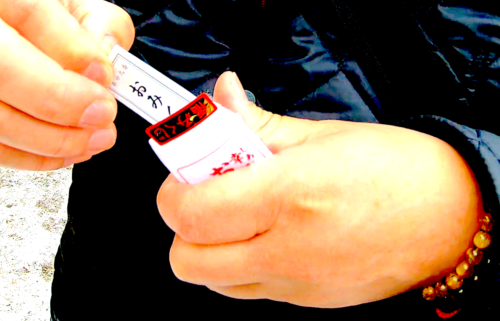
omikuji has places to use different procedures at shrines and temples.
The first is a white paper box (colors, patterns, animal figurines, etc.) that you can reach out and take out directly.
This is your choice.
The other is a long stick called “Mikuji stick” with numbers and letters at the end.
And shake it.
There is a way to take “Omikuji” from the “drawer” where the same numbers and letters are written.
In either case, you won’t know what is written until you open it. But both have a common sense of excitement.
In general, I think these two methods are common to any shrine or temple.
おみくじを引く際に、神社やお寺によって引き方が違うところがあります。
一つは、白い紙(色付き、柄付き、動物の置物などに入ったものもある)が箱などに入っていて、そこに手を入れて直接取り出すものがあります。
こちらは、単純に自分で選んで引いて良いものです。
もう一つは、「神籤棒」と呼ばれる細長い棒の先に数字や文字が書かれていたりしていて、角のある筒状の入れ物、もしくは円形の筒状の入れ物から、「神籤棒」を振って出します。
書かれてある数字や文字と同じ数字や文字が書かれている「引き出し」から引く方法があります。
どちらも、中に書かれてあることは、引いてみないとわからないものではありますが、ワクワク感はどちらも共通しているでしょう。
概ね、どこの神社やお寺もこの二通りの引き方が一般的だと思います。
What is written in the contents of Omikuji “おみくじの中身に書かれてあること”
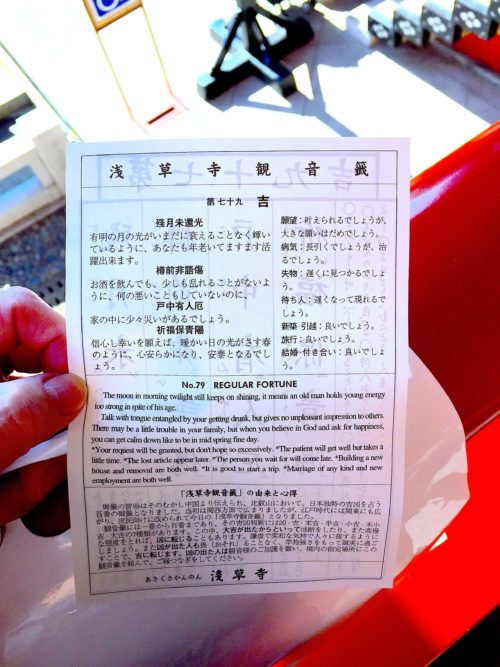
So what is written?
Most fortunes have text on both sides. Open the fortune carefully and you will find many wonderful sentences.
The important thing is to read everything.
“Daichi” is a lucky year.
“Sueyoshi” is a normal year.
Do not assume that “Kyo” is ill or have an accident in a bad year.
Read “Advisory from God and Buddha.”
では、引いたおみくじに書かれてあることと、その意味は何でしょうか。
ほとんどの「おみくじ」は、両面に文字が書かれています。折りたたんであるおみくじを破れないように慎重に開いていくと、細っか〜い文字がたっくさん書かれてあると思います。
とにかく大事なのは、「全部読むこと」です。「大吉」だったからラッキーな年だとか、「末吉」だったから普通の年だとか、「大凶」だったから今年は悪い年で病気や事故に合うんじゃないかと心配になるとかではなく、じっくりと「神様や仏様からのアドバイス」に目を通してください。
Regarding what is written, each shrine and temple seems to have its own content, but as typical content,
I think it is “Daikichi / Kichi / Chukichi / Shokichi / Suekichi / Kyo / Daikyo”.
They seem to include “Hanyoshi”, “Hira”, “Luck”, “Luck”, “Luck” and so on.
Other shrines and temples include “Hankichi / Hei / Shokyo / Daidaikichi / Daidaikyo”.
And the small letters are “Japanese classical poetry” or “Chinese Han era poetry.”
“Japanese classical poetry” explains luck. Especially in temples, the poems of the Chinese Han era are used to describe the fortune.
I was very surprised that there was only poem “Omikuji”.
何が書かれてあるかというと、これも神社、お寺それぞれ個性がある
ようですが、代表的な内容としては、
「大吉・吉・中吉・小吉・末吉・凶・大凶」のあたりだと思います。
中には、「半吉」や「平」、「小凶」、「大大吉」、「大大凶」などが含んでいるところもあるようです。
そして、小さな文字の正体はというと、「和歌」や「漢詩」などです。
運勢の説明を和歌で表現していたり、特にお寺では、「漢詩」を用いたりしています。
「吉凶」がなく、和歌と漢詩のみのおみくじも存在しているということなので、とてもびっくりしました。
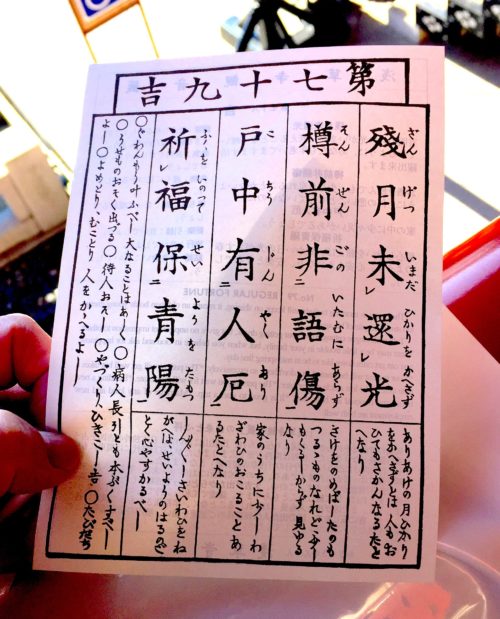
The poem says something like that below.
By all means, please read carefully and use it in your own life.
運勢については、このようなことが書かれていますので、ぜひ、
しっかりと読んで自分の生活に生かしてほしいと思います。
願望 desire
健康 health
体調 physical condition
仕事 jobs
交渉 Negotiation
恋愛 love
縁談 Marriage
待人 Lover
出産 birth
金運 Economic fortune
商売 business
相場 Market
学問 Study
学業 school work
受験 Taking an exam
技芸 accomplishments
転居 Relocation
旅行 Travel
争事 dispute
After “fortune” 引いたあとのおみくじはどうするの?
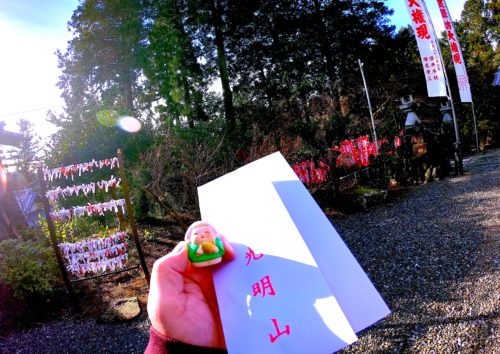
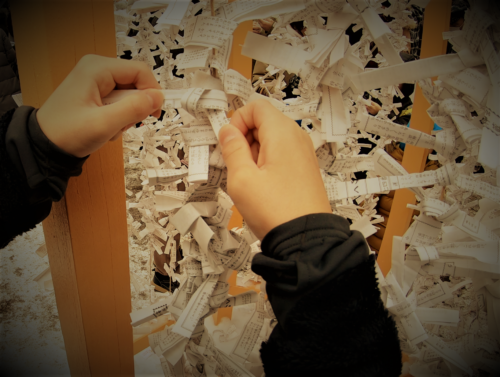
“Omikuji” can be tied to a string, rope, wooden stick, etc. between the pillars. This is called “Mikuji-Kake”.
There are shrines and temples that prepare trees and branches to bind “Omikuji”, but it is better not to tie them to plants.
It is good to take “Omikuji” home.
We recommend that you take it home and read the contents carefully.
Many shrines and temples suggest that you keep them carefully in your wallet for one year.
Then, tie it to “Mikuji-Kake” the next year.
Finally, the amount you pay for buying “Omikuji” is usually ¥ 50, ¥ 100, and ¥ 200.
The animal figurines mentioned above can be a bit expensive.
Regardless of the outcome of the lottery, it is recommended that you draw with a positive feeling, such as “Let’s do our best this year.”
This is one of the pleasures of visiting shrines and temples.
「みくじ掛け」といわれる柱と柱の間に紐や縄、木の棒などを通して、おみくじを結びつけられるようにしている神社やお寺があります。おみくじを結ぶために植えている木や枝を用意しているところもありますが、植物にとっては、あまり良いとは言えないので、注意しましょう。
「縁を結ぶ」という言葉に重ねて、おみくじを結んでいくところも多いようですが、持ち帰って良いものだということも覚えておいてください。お正月におみくじを引いたとしたら、家に持ち帰って、もう一度書かれてあることをじっくりと読むことを推奨します。
そして、お財布などに入れて、一年間大切に保管し、翌年の初詣などのときに「みくじ掛け」に結んで帰るという方法が多くの神社やお寺で紹介されていました。
最後におみくじを引く際に支払うお金ですが、50円、100円、200円くらいが一般的だと思います。先ほど紹介した動物の置物などに入ったおみくじもあるので、そういったものは少々高価な料金設定をしているケースもあります。
引いたおみくじがどんな結果であっても、「今年一年がんばろう。」とか「おみくじに書かれてあったことを守って、良い年にしよう。」など前向きな気持ちでおみくじを引かれると良いと思います。
これが、神社やお寺を訪れる楽しみの一つです。


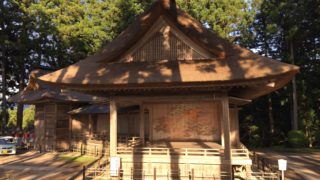


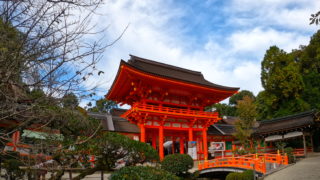

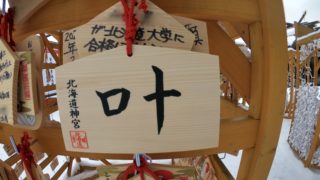
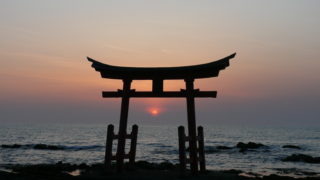
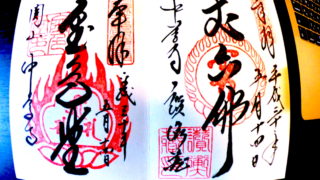

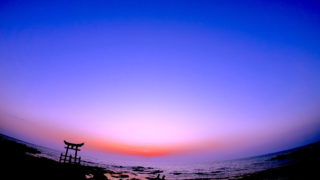
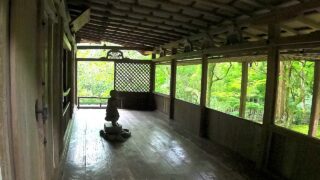
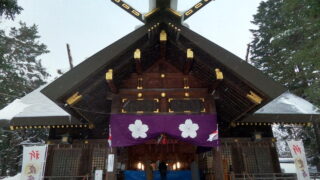


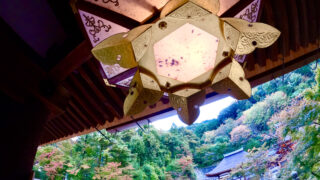



コメント